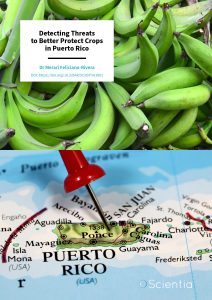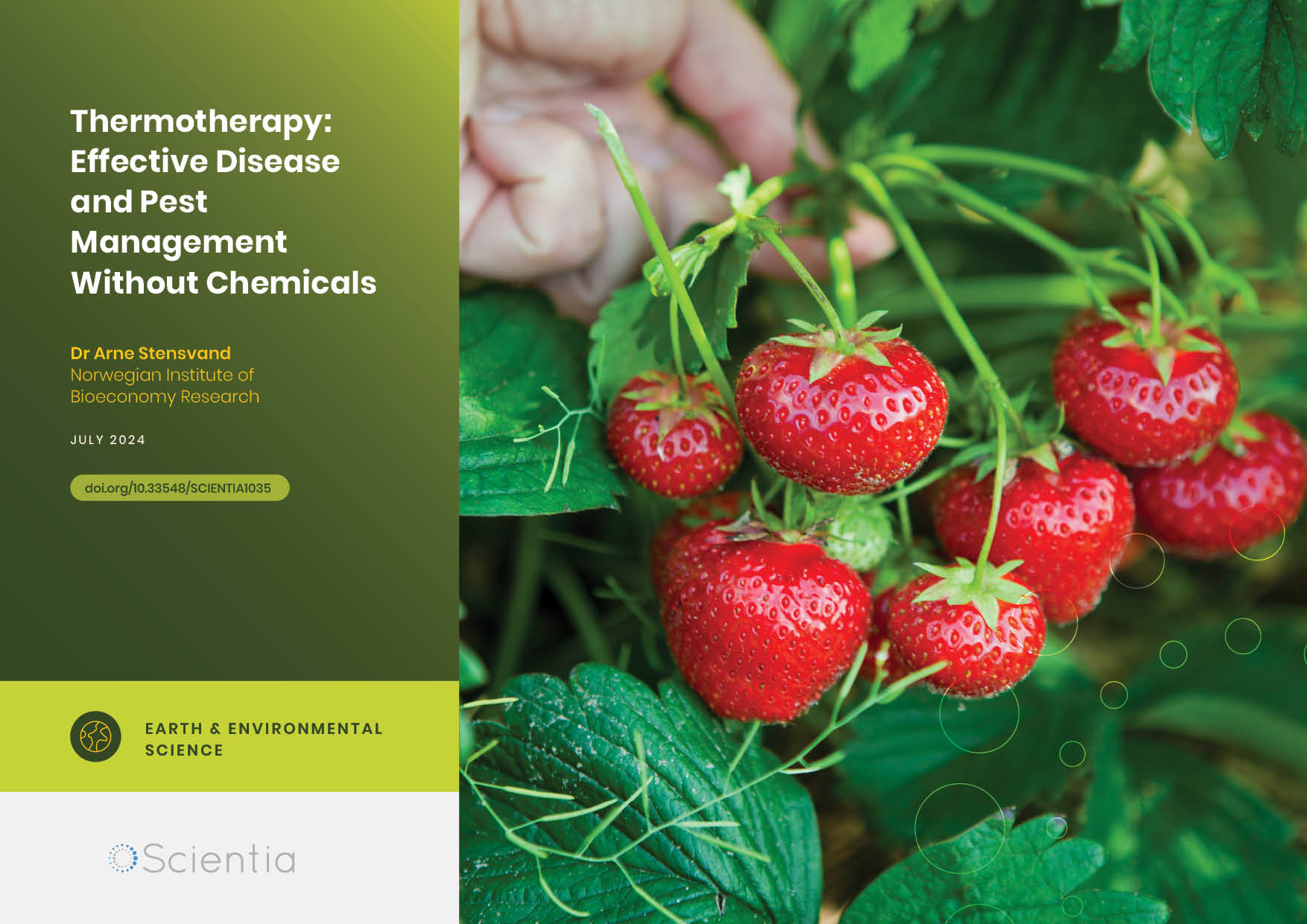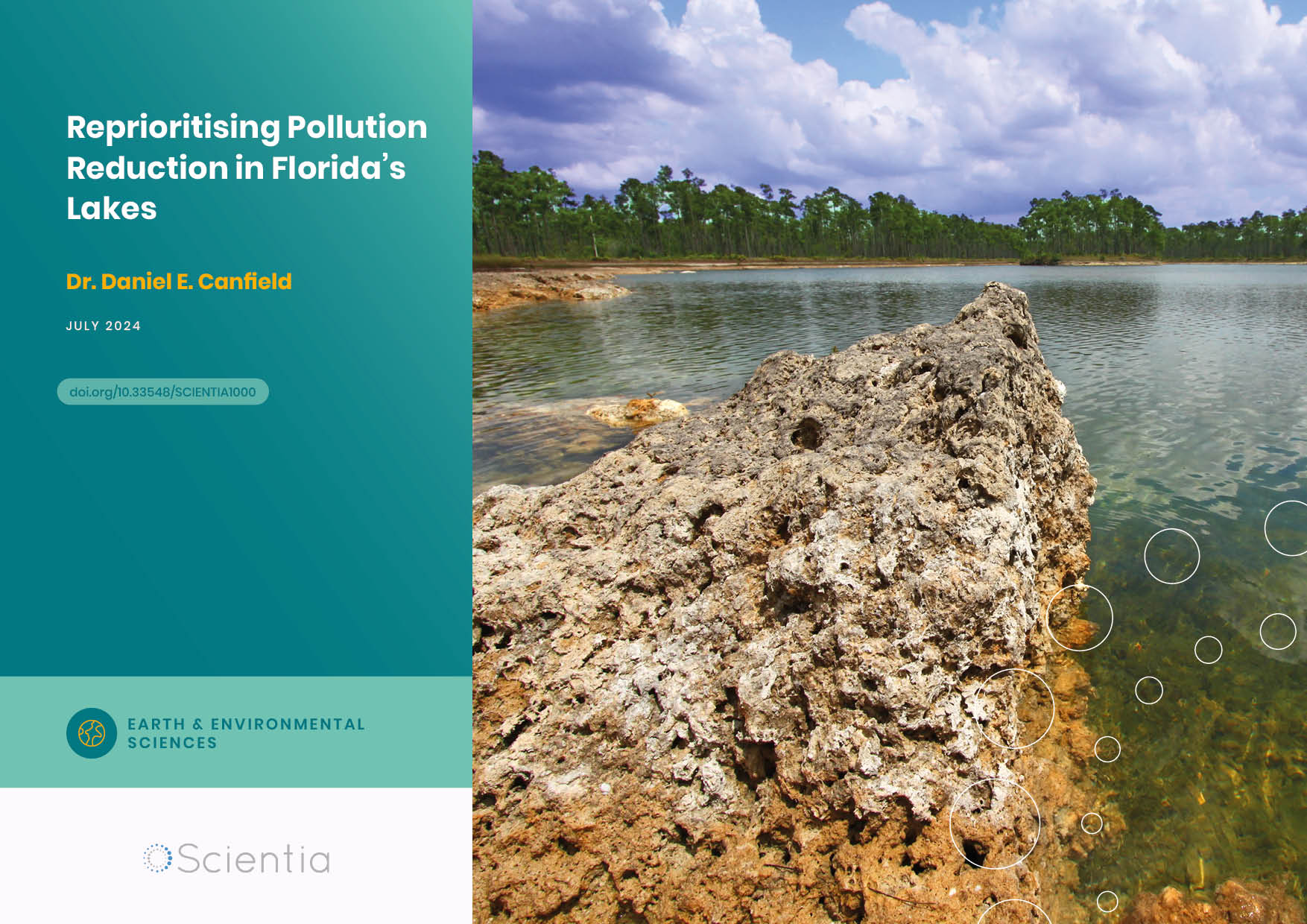Dr Merari Feliciano-Rivera | Detecting Threats to Better Protect Crops in Puerto Rico
Foods rich in starch, such as bananas, yams, and plantains, are among the most important crops grown in Puerto Rico, contributing significantly to the agricultural economy. However, the diseases affecting these plants significantly threaten the livelihoods of farmers and producers, as well as the island’s food security. Dr Merari Feliciano-Rivera from the University of Puerto Rico has been working with colleagues to find faster and more robust methods of identifying diseases before they can take hold and cause widespread crop damage.
The Need for Food
Humans have been farming for approximately 12,000 years. Even though life on Earth looks incredibly different in the current day, we still need to grow and produce food to feed our increasing population.
Although vastly more efficient than ever, modern agriculture still needs to improve. One of the biggest challenges for food producers is the impact of pests and diseases. As new, tastier, faster-growing, and more productive varieties of our favourite fruits and vegetables are bred, producers must fight against new strains of viruses, bacteria, and fungi. These pathogens not only cause damage to the produce but, in severe cases, can wipe out entire crops, leading to food shortages or famine.
Embracing New Technology
In Puerto Rico, Dr Merari Feliciano-Rivera and colleagues are working on the front line of the fight against plant pathogens that affect starchy crops such as bananas, yams, and plantains. The key to success is the early detection and identification of outbreaks so they can be dealt with before they become an epidemic.
Currently, the most common method for detecting microscopic organisms in a laboratory is to use the polymerase chain reaction (PCR) technique. PCR is the method of extracting small amounts of genetic material (DNA) from an organism and making billions of copies so that there is enough material to allow scientists to identify the source of the DNA. This method has become increasingly well-known and widely used to identify infected individuals during the COVID-19 pandemic.
Dr Feliciano-Rivera and her colleagues needed a faster and easier method of identifying diseases in Puerto Rican crops. They looked towards a newer technique developed in 2,000 by Japanese scientists. Named LAMP for short, the ‘loop-mediated isothermal amplification’ method can quickly identify specific organisms without complex equipment and at a constant temperature.
The LAMP method allows scientists to create assays that identify specific organisms from small amounts of DNA. This means, for example, that a fungal infection which damages plants can be detected very early, allowing farmers to treat a disease in their crop before it becomes a major problem.
The Benefits of LAMP
LAMP testing is faster and cheaper than other currently available techniques and offers several distinct advantages to farmers and growers. It is more sensitive and can detect disease earlier, and the technology is fully portable, unlike other methods that rely on laboratory-controlled conditions. These factors mean LAMP testing can allow the detection of diseases on-site, and the results are available almost immediately.
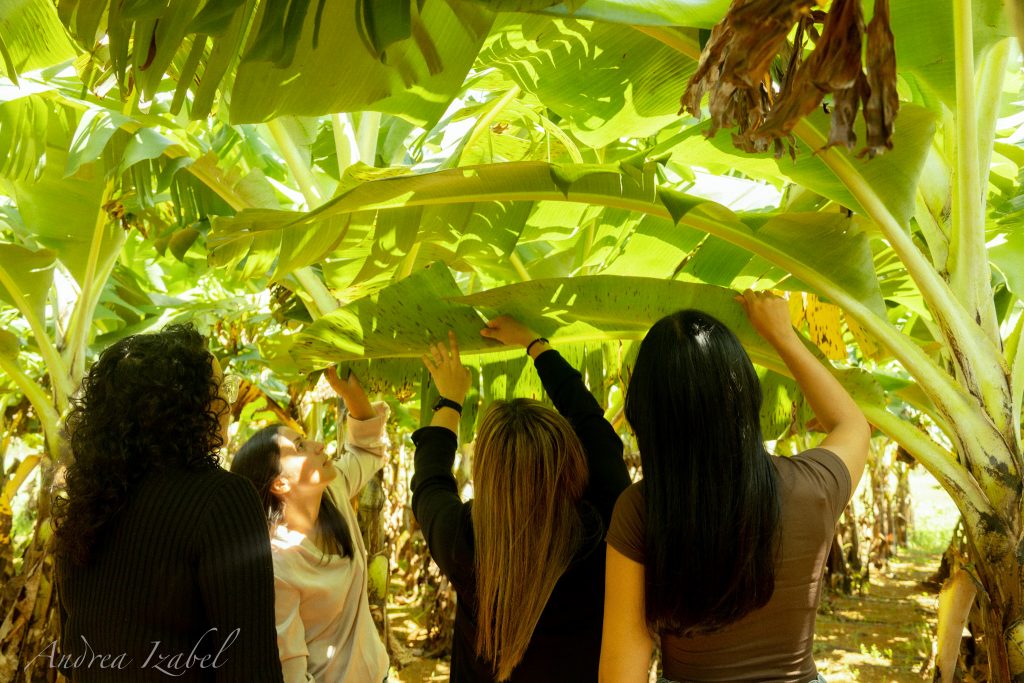
Credits: Merari Rivera
Identifying Black Leaf Streak Fungus in Bananas
With graduate student Denisse Román Zea, Dr Feliciano-Rivera set out to design a test to identify the fungus that causes Black Sigatoka in banana plants. This is one of the major causes of disease in Puerto Rican banana production, and early identification is crucial in helping producers tackle the problem. The LAMP test uses synthetic pieces of DNA (called primers), which bind to specific parts of the DNA of the fungus. This can then be easily identified using dye or looking at how opaque the liquid is, which shows whether the fungus is present in the sample. If the fungus is absent, there will be no reaction, and the test will produce a negative result. Every LAMP assay is designed to identify only one specific type of organism.
Having developed the LAMP test, they carried out a series of experiments, which showed that it accurately identified the Black Sigatoka fungus (Pseudocercospora fijiensis) in banana leaves within 20 minutes. The assay was rapid and extremely sensitive, with the experiments showing that the fungus could be detected in the earliest stages of infection in banana plants even when it is barely visible to the human eye. This was a very positive result, as farmers could now test their plants for Black Leaf Streak fungus before an outbreak took hold and treat their valuable crops with fungicides as appropriate.
Looking Forwards
Having proven the usefulness of this technique in quickly identifying disease-causing organisms in plants, Dr Feliciano-Rivera is now looking forward to collaborating with colleagues to develop early testing systems for other diseases, arguing that the ‘Early detection of plant disease is fundamental for an effective and durable management control programme’. In addition, the development of further tests will be critical for keeping Puerto Rico and its crops safe from diseases that are known to exist in nearby countries, such as the quarantined fungi Fusarium odoratissimum that have not yet reached the island. When imported, plant material can be immediately assessed for various diseases rather than undergoing a lengthy quarantine process, which can be very costly.
As part of this wider project, Dr Feliciano-Rivera and her colleagues developed training for local people using the LAMP technology. They hope this will benefit local food producers and the Puerto Rico Department of Agriculture, whose personnel can be trained to monitor, detect, and identify diseases using the new technology. This will undoubtedly help them keep one step ahead of the ever-present threat posed by new and emerging diseases and keep their crops healthy and productive.
SHARE
DOWNLOAD E-BOOK
REFERENCE
https://doi.org/10.33548/SCIENTIA1001
MEET THE RESEARCHER
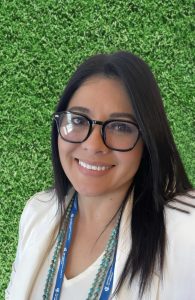
Dr Merari Feliciano-Rivera
College of Agricultural Sciences
University of Puerto Rico, Mayagüez Campus
Puerto Rico
Dr Merari Feliciano-Riviera graduated from the University of Puerto Rico with a BS in Agricultural Education and an MS in Crop Protection. After gaining a Lyman T. Johnson scholarship, she studied for her PhD in Plant pathology at the University of Kentucky, USA, which she completed in 2011. Dr Feliciano-Riviera is currently a professor at the University of Puerto Rico, where she teaches undergraduate and graduate students about plant pathology, biotechnology, and molecular plant pathology. She also served as a University Senator from 2021 to 2022 and has been the mentor of undergraduate and graduate students on several research projects. She has received millions of dollars in several grants funded by the US Department of Agriculture to develop a research programme focused on the disease management of various pests and diseases common in Puerto Rican crops. Dr Feliciano-Riviera is also the Principal Investigator at the Biotechnology and Plant Pathology Lab of the Agricultural Experiment Station of Isabela, PR. She has additionally been honoured with several awards for her scientific presentations at national conferences.
CONTACT
W: www.researchgate.net/profile/Merari-Feliciano-Rivera
KEY COLLABORATORS
Denisse Román Zea, MS, University of Puerto Rico at Mayagüez
Yanira Miranda Cortés, MS, University of Puerto Rico at Mayagüez
Lydia I. Rivera Vargas, PhD, University of Puerto Rico at Mayagüez
Martha Giraldo, PhD, University of Puerto Rico at Mayagüez
FUNDING
This work was supported by the USDA National Institute of Food and Agriculture, Hatch project 1016322.
FURTHER READING
Román Zea, D. (2022). Identificación de Pseudocercospora fijiensis mediante amplificación isotérmica mediada por bucle (Master dissertation). https://hdl.handle.net/20.500.11801/2906

REPUBLISH OUR ARTICLES
We encourage all formats of sharing and republishing of our articles. Whether you want to host on your website, publication or blog, we welcome this. Find out more
Creative Commons Licence (CC BY 4.0)
This work is licensed under a Creative Commons Attribution 4.0 International License. 
What does this mean?
Share: You can copy and redistribute the material in any medium or format
Adapt: You can change, and build upon the material for any purpose, even commercially.
Credit: You must give appropriate credit, provide a link to the license, and indicate if changes were made.
SUBSCRIBE NOW
Follow Us
MORE ARTICLES YOU MAY LIKE
Dr Robert Larkin | Cultivating Change to Improve Soil Health and Increase Potato Yield
Environmental quality and food production are facing the pressing challenges of climate change and global population growth. Dr Robert Larkin from the United States Department of Agriculture-Agricultural Research Service (USDA-ARS) and a team of plant scientists developed and tested a range of crop management systems to help overcome these compounding challenges. Their work is improving soil health and increasing the yield of potato crops, contributing to the future food security of nations.
Dr Arne Stensvand | Thermotherapy: Effective Disease and Pest Management Without Chemicals
Dr Arne Stensvand and his team at the Norwegian Institute of Bioeconomy Research are developing physical methods of pest reduction in plants. The team is specifically interested in strawberry plants, for which pest management is vital for crop success. They are pioneering thermotherapy as a heat treatment method to provide an environmentally effective and economically sound non-chemical approach to pest management.
Dr. Daniel Canfield | Reprioritising Pollution Reduction in Florida’s Lakes
Florida’s landscape is dotted with thousands of lakes that reflect regional geology, topography and anthropogenic activities. Phosphorus and nitrogen are critical nutrients for maintaining the wide range of biological production expressed across Florida, but excessive inputs of these nutrients due to past human activities impair many waters. There has been a long history of work aiming to address associated water quality pressures, and Dr. Daniel Canfield at the University of Florida has been at the centre of these efforts for over 40 years. Now, with the correction of point-source nutrient inputs, Dr. Canfield proposes that holistic lake management, including the integration of in-lake management strategies with a focus on organic sediment removal, should be much more prominent on the US government’s agenda to provide faster restoration of stakeholders’ lake usability.
Dr Jon Tore Lieng | Dynamically Installed Anchors for Floating Offshore Turbines
Effectively harnessing offshore wind presents a valuable opportunity to increase energy supplies. Floating wind turbines present several advantages over traditional fixed turbines in more shallow waters. Dr Jon Tore Lieng from Deep Sea Anchors and colleagues have developed a type of dynamically installed anchor to hold the structures in place while reducing both the costs and complexity associated with installation where cohesive seabed sediments are realised.

